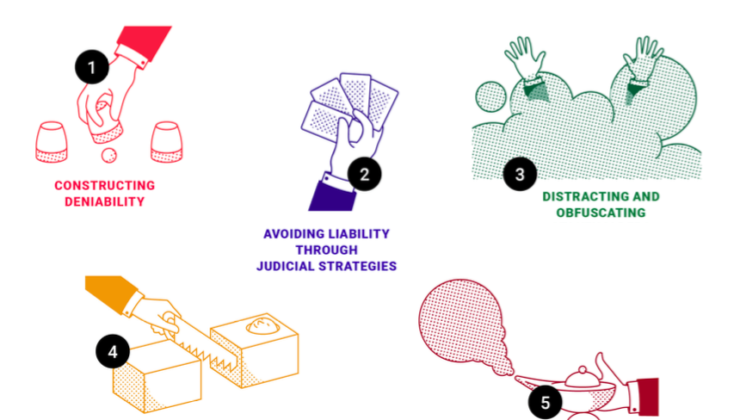Since 2006, Greenpeace has been campaigning to green our electronics, challenging the sector’s leading companies to reduce their environmental footprint and meet the growing demand for greener devices. From acting to combat climate change by increasing the use of renewable energy in the supply chain, to helping to build a toxic-free future by eliminating the worst hazardous chemicals, now is the moment for the industry to help us design a different future. The report ‘Greener Gadgets: Designing the future’ gives a snapshot of the progress achieved by the industry so far in combatting these major environmental issues and laid out the challenges ahead.
Eliminating hazardous substances
When it comes to removing the worst hazardous chemicals from the products themselves, the electronics industry has made a lot of progress, led by companies like Apple and Nokia. In 2014 there are considerably more products free from the worst hazardous chemicals than in 2006. However, there are still no TVs on the market that are completely free from these substances and companies like Samsung and HP have work to do to catch up with the leaders.
It’s now the moment for the industry to go beyond this first step of tackling chemicals in the devices themselves. From health risks to workers, to the environmental impact of chemical discharges into our waterways, electronics companies now need to tackle this issue across their supply chain. Being open and transparent about the chemicals being used is crucial to enable companies to fully Detox the supply chain. This should be done by eliminating all hazardous substances from product to manufacturing, as a number of leading global textile brands have done.
Reducing the energy footprint
Since 2006 a few companies, led by Apple, have shown their willingness to put transformational energy goals and strategies in place. This includes the adoption of policies to reduce greenhouse gas emissions during manufacture and examples of renewable energy solutions in the supply chain. However, despite reductions in emissions per device, the industry’s overall energy footprint continues to rise and, on the whole, companies have failed to adequately address this urgent and growing issue.
Spurred on by the increasing demand for new devices, the energy needs of electronics manufacture has continued to rise, mainly in East Asia where dirty, coal powered energy dominates, acting as the primary cause of climate change. Electronics companies have a critical role to play in helping to bring about an energy revolution in the region. The industry needs to implement a large-scale switch to renewable energy to power their supply chain, set aggressive targets for reducing greenhouse gas emissions, support clean energy policies alongside ensuring our devices are as energy efficient as they can be.
Designing the future
While it is key for electronics companies to tackle these issues and provide us with toxic-free gadgets made using renewable energy, it is also critically important that the materials are sourced responsibly, packaging is sustainably sourced and our devices are designed to last. In its current form the electronics industry remains inherently unsustainable – a system built on new devices, upgrades and astounding amounts of dangerous e-waste.
Electronics companies are at the forefront of new technology and innovation. They are perfectly placed to rethink how are devices are made and recycled. To ensure we respond to the urgent environmental issues companies need to help us design a different future. A future where supply chains are powered by renewable energy, where products are toxic-free and made using sustainable, safe resources that are continuously re-used within a closed-loop system. On behalf of our planet and future generations it’s time to go build on progress and go beyond what we think is possible now.
Please find the full report attached.
[Download not found]







